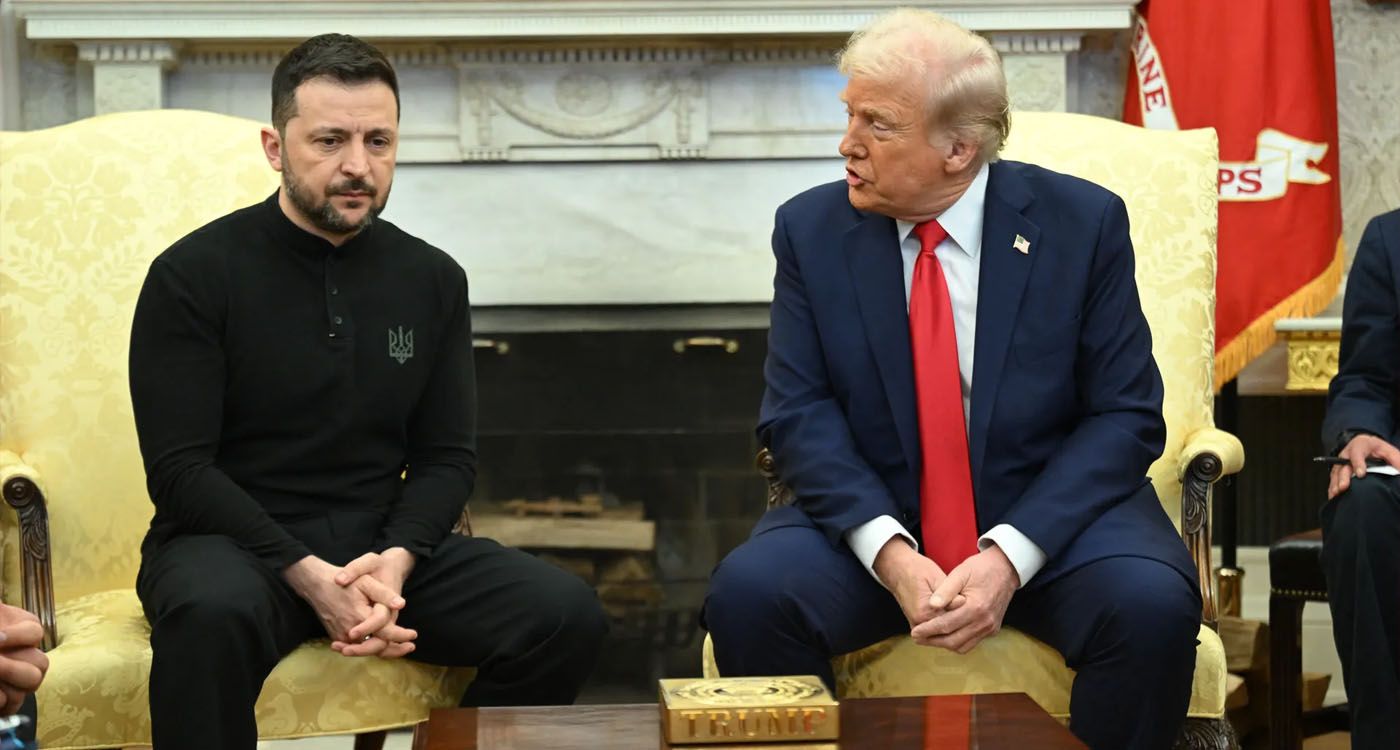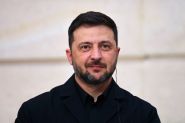- Home
- Middle East
- Trump-Zelensky: Dialogue Resumes After February Humiliation

©AFP
Six months after a public humiliation that reverberated across Europe, Volodymyr Zelensky returns to the Oval Office this Monday. The Ukrainian president is set to meet Donald Trump, freshly back from Alaska, where he hosted Vladimir Putin with full pomp. Between memories of a dramatic confrontation and mounting pressures over territorial concessions, this encounter could prove pivotal for the future of the conflict in Ukraine.
Last February 28, Zelensky’s visit to Washington ended in fiasco. In what some media dubbed “the ambush office,” Trump and his vice president, JD Vance, berated the Ukrainian leader, accusing him of ingratitude despite tens of billions of dollars in US military aid. The meeting ended abruptly, with Zelensky leaving without a press briefing or working lunch.
Since then, both leaders have made tentative efforts at reconciliation. They briefly met in April at the Vatican during Pope Francis’s funeral, and crossed paths again in May in Rome. On that occasion, Zelensky even smiled broadly beside JD Vance, who had played a central role in the February confrontation.
Irreconcilable Positions?
Tensions remain high this Monday. On his Truth Social account, Donald Trump insisted that the war could “end almost immediately” if Kyiv accepted certain conditions: no reclaiming of Crimea, annexed by Moscow in 2014, and “no way” for Ukraine to join NATO. According to multiple sources, Washington might even back a compromise involving the cession of Donetsk and Luhansk in eastern Ukraine to Russia, along with a freeze of the front lines in the southern regions of Kherson and Zaporizhzhia.
In return, Trump is reportedly considering “security guarantees” for Kyiv, modeled on NATO’s Article 5, which stipulates that an attack on one member is considered an attack on all, triggering a collective response. The proposal would provide similar protections for Ukraine outside of NATO, aiming to safeguard Kyiv without directly provoking Moscow, a plan that will be discussed with European partners.
Zelensky Seeks Support
Mindful of the power dynamics, Volodymyr Zelensky preemptively expressed his “gratitude for the invitation” to Washington, stressing that “peace must be lasting.” In a statement released on Sunday evening, he urged Russia to “end the war it itself ignited,” hoping that the combined strength of Ukraine, the United States and Europe would compel Moscow to negotiate.
European leaders are mobilizing in force to signal their backing: Emmanuel Macron, Friedrich Merz, Giorgia Meloni, Keir Starmer, Alexander Stubb, Ursula von der Leyen and NATO’s new Secretary-General Mark Rutte are all expected in Washington. Each aims to influence talks that could reshape Europe’s geopolitical landscape.
The situation on the ground adds a heightened sense of urgency. Overnight Sunday into Monday, Russia launched 140 drones and multiple ballistic missiles, killing seven civilians in Kharkiv. Ukrainian strikes simultaneously targeted the occupied regions of Kherson and Donetsk.
Against this backdrop of full-scale war, US pressure for a territorial compromise presents Kyiv with a stark and painful choice: continue the fight or accept peace on Moscow’s terms.
A Defining Moment
Donald Trump has floated the idea of a potential tripartite summit with Vladimir Putin and Volodymyr Zelensky “if everything goes smoothly.” Yet behind this optimistic prospect lies the very real risk of a high-stakes standoff. In the event of failure, Secretary of State Marco Rubio has already signaled the possibility of new sanctions on Moscow, while Beijing urges a deal “acceptable to all parties.”
Monday’s meeting is therefore far more than a standard diplomatic session, it could become a historic turning point in Europe’s deadliest conflict since 1945.
Read more





Comments